Every dealership is unique, with its own needs, priorities and goals. So when it comes time to seek inventory financing, you need a floor plan provider that understands your dealership’s goals and can create a flexible plan right for you. At NextGear Capital, we know that being able to procure vehicles from multiple sources, at your convenience, is crucial to your dealership’s success. With a NextGear Capital floor plan, your line of credit is accepted at over 1,000 live and online auctions, in addition to inventory sources such as trade-ins, off-street purchases and loan payoffs. And to make sure you have the buying power you need right at your fingertips, NextGear Capital offers 24/7 account access, through our mobile platform myNextGear. With myNextGear, dealers can floor units, make payments and view titles all from their hand-held device.
Flexible Terms to Help Increase Your Buying Power
Inventory Financing, often referred to as floor planning, provides you with the necessary cash flow to run your business without stretching to cover operational expenses. A NextGear Capital floor plan gives you the buying power you need for added inventory on your lot, increasing revenue while keeping cash on hand for other business expenses.
NextGear Capital is equipped to offer flexible terms and competitive pricing along with solutions tailored to your unique business needs. While the avenue in which you source your vehicles may change, your inventory finance company should be your rock. Not only should your inventory finance provider understand the nature of your business and the flexibility you need, but it should mirror that flexibility in its relationship with you. This includes providing insight on potential market opportunities for your business, improving income opportunities and counseling you on the latest and greatest industry tools. NextGear Capital’s local representatives are in the field every day doing just that.
Industry Expertise that Benefits Your Business
NextGear Capital’s leadership team, boasting over 100 combined years of auto financing experience, has positioned the our company as one of the foremost thought leaders in the industry. A NextGear Capital floor plan is more than a flexible finance solution, it is also backed by local representatives and a knowledgeable support staff, all dedicated to your dealership’s growth and success. NextGear Capital is committed to going above and beyond what you would expect from a financial provider. Darren Vivolo, Owner of Bayshore Automotive, put it best saying, “NextGear Capital is like having another staff of employees.” The support team at NextGear Capital makes time to understand what is driving your dealership’s business and what matters most to you.
Cutting-edge Technology to Simplify Buying and Selling Inventory
NextGear Capital’s unparalleled speed of service and real-time technology offers dealer account access from virtually anywhere – online, on the go and on the phone. Advances in technology – such as the use of mobile devices – have made floor planning an easier to use and more powerful tool for dealers by saving time and simplifying the process of buying and selling inventory. With this rise in technology, you now have the ability to browse and purchase inventory from the comfort of your desk or home, meaning you can conduct business on your own terms.
Access to the Industry’s Leading Network of Brands
As a Cox Automotive brand, NextGear Capital is part of the strongest portfolio in the industry, made up of more than 20 brands that together provide end-to-end solutions for dealers like you. Cox Automotive is a leading provider of products and services spanning the automotive ecosystem worldwide. With more than 40,000 clients, Cox Automotive strives to better understand clients’ needs in order to create efficiencies and alleviate challenges, providing a wealth of resources to its customers. When you choose a NextGear Capital floor plan, you gain access to the industry’s leading network of brands, a power backing which can give your dealership a valuable, unique advantage.








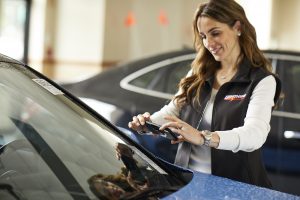
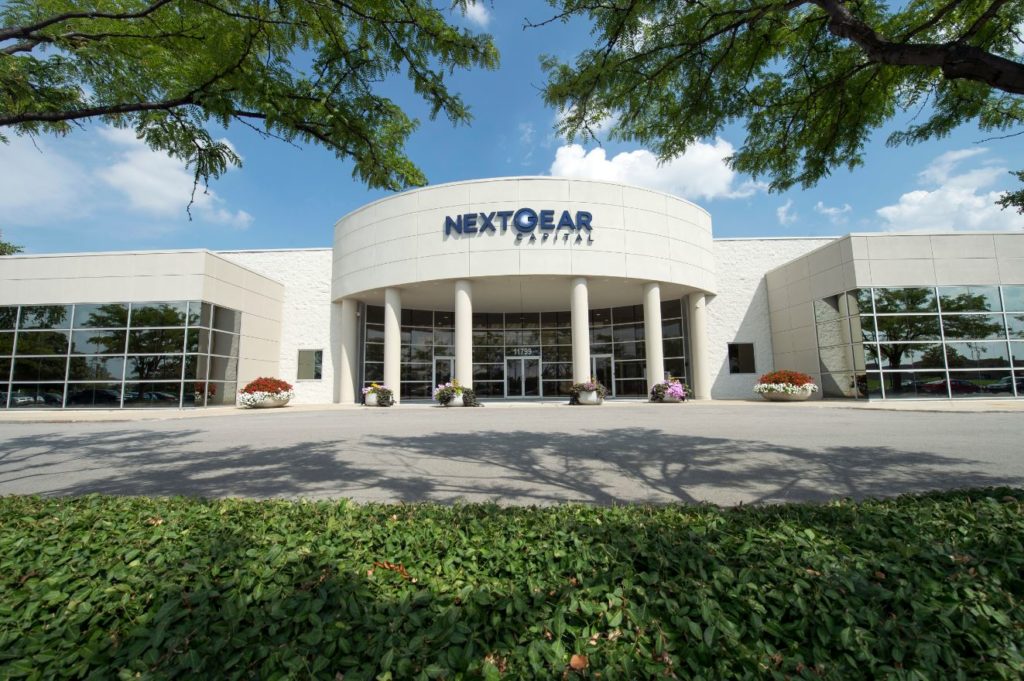
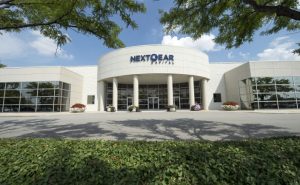 CARMEL, Ind. (Aug. 19, 2015) – NextGear Capital, an automotive financial services provider for auto dealers, announced plans today to add up to 200 new jobs by 2018.
CARMEL, Ind. (Aug. 19, 2015) – NextGear Capital, an automotive financial services provider for auto dealers, announced plans today to add up to 200 new jobs by 2018.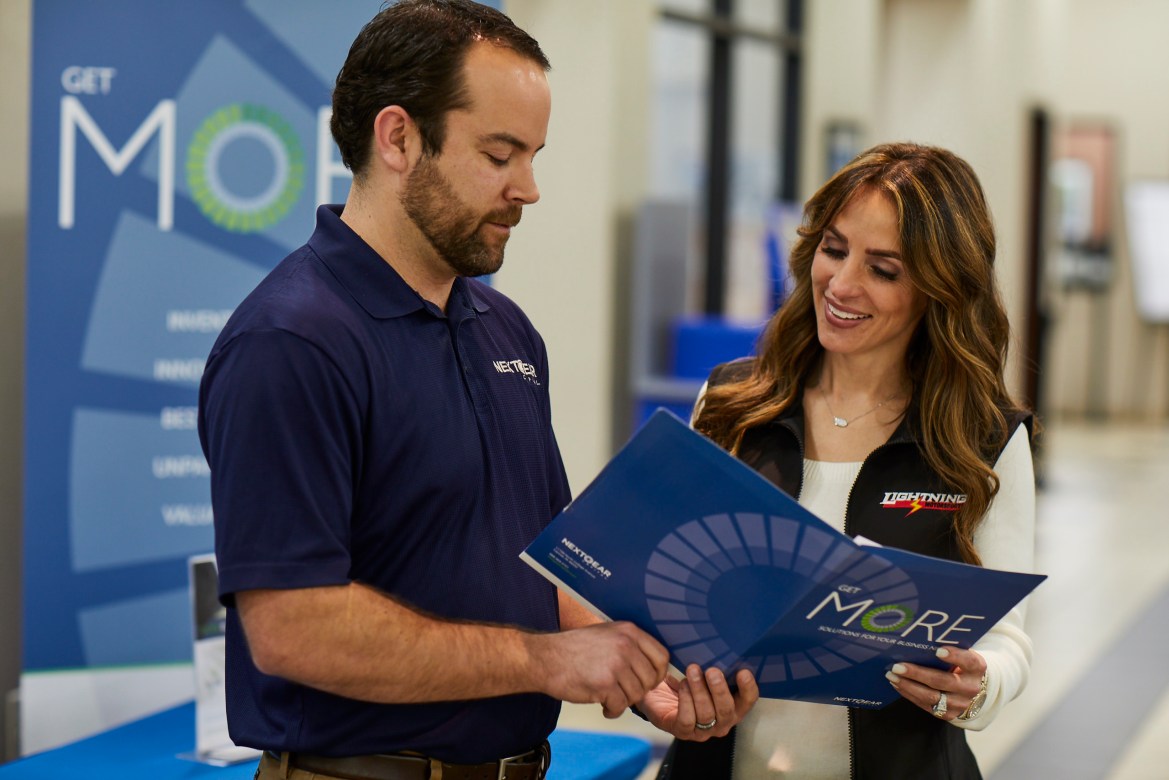
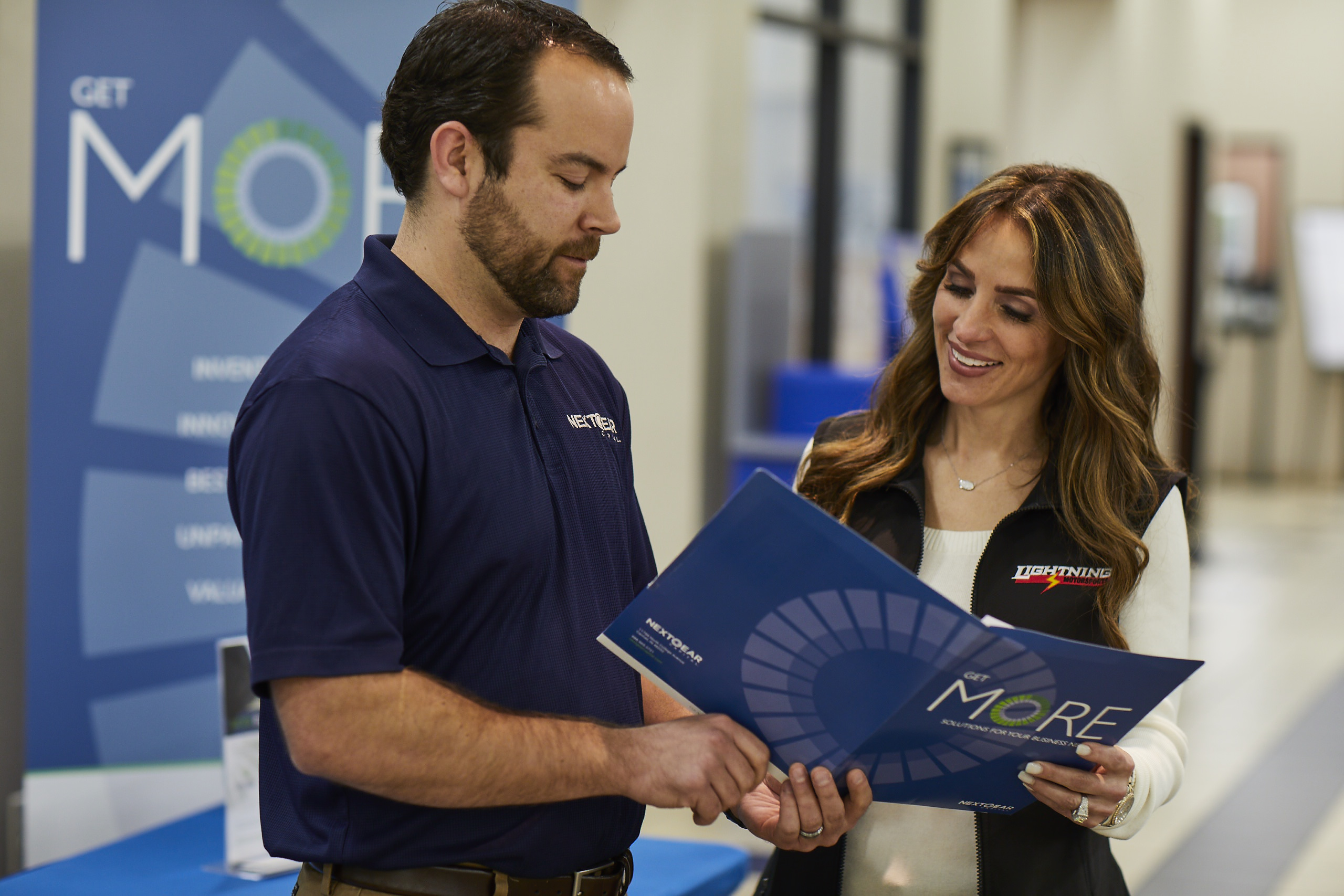
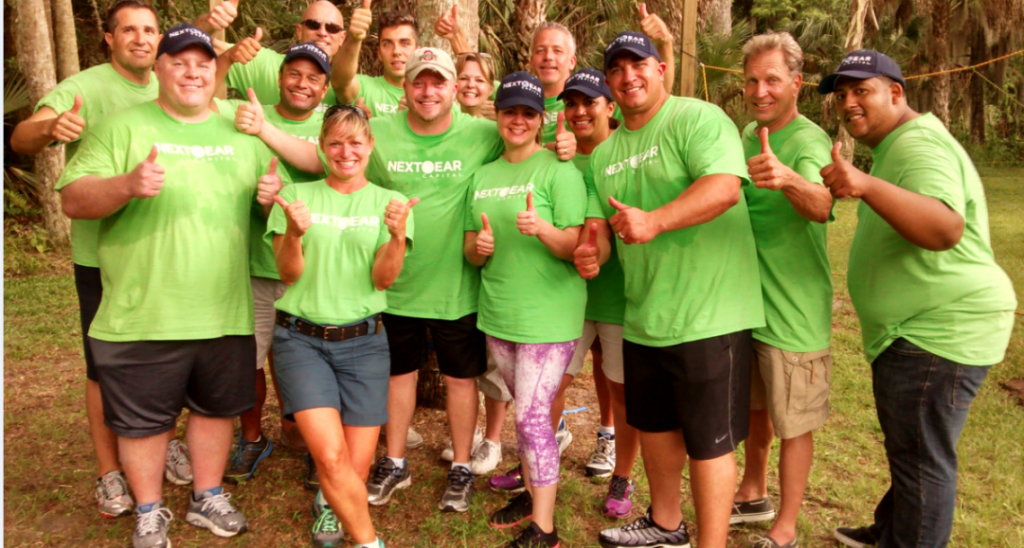
 Our employees put in the sweat to help our dealers be successful. But that doesn’t mean it’s all work and no play. We want our employees to look forward to coming to work every day, which is why we hold different events and contests. From our annual Mini 500 each May to costume contests at Halloween to our Christmas luncheon, our employees experience the benefits of a fun work atmosphere.
Our employees put in the sweat to help our dealers be successful. But that doesn’t mean it’s all work and no play. We want our employees to look forward to coming to work every day, which is why we hold different events and contests. From our annual Mini 500 each May to costume contests at Halloween to our Christmas luncheon, our employees experience the benefits of a fun work atmosphere. At NextGear Capital, we believe it’s our corporate responsibility to give back to the places where we live, work and play. As a result, we encourage our employees to volunteer as much as they can! Our employees embrace this philosophy wholeheartedly by volunteering with multiple organizations, including Special Olympics, Ronald McDonald House and many more! To date, we’ve supported 43 organizations in 2015.
At NextGear Capital, we believe it’s our corporate responsibility to give back to the places where we live, work and play. As a result, we encourage our employees to volunteer as much as they can! Our employees embrace this philosophy wholeheartedly by volunteering with multiple organizations, including Special Olympics, Ronald McDonald House and many more! To date, we’ve supported 43 organizations in 2015. Many companies claim they like to promote from within. At NextGear Capital, that phrase has a whole other meaning to it. As a part of Cox Automotive, you have unlimited potential to grow your career at any of the 20+ brands that make up this amazing group. From Autotrader to Kelley Blue Book to Manheim, NextGear Capital employees are already viewed as internal candidates, giving them an edge over the competition to help advance their careers.
Many companies claim they like to promote from within. At NextGear Capital, that phrase has a whole other meaning to it. As a part of Cox Automotive, you have unlimited potential to grow your career at any of the 20+ brands that make up this amazing group. From Autotrader to Kelley Blue Book to Manheim, NextGear Capital employees are already viewed as internal candidates, giving them an edge over the competition to help advance their careers. At NextGear Capital, we view our coworkers as family. And just like any family, we want to ensure that we have the best resources available when it comes to their health and future. All full-time NextGear Capital employees are entitled to our amazing benefits package, which includes health, dental, vision and a 401k. However, what sets us apart is our pension program, available to employees after their first five years of service!
At NextGear Capital, we view our coworkers as family. And just like any family, we want to ensure that we have the best resources available when it comes to their health and future. All full-time NextGear Capital employees are entitled to our amazing benefits package, which includes health, dental, vision and a 401k. However, what sets us apart is our pension program, available to employees after their first five years of service!